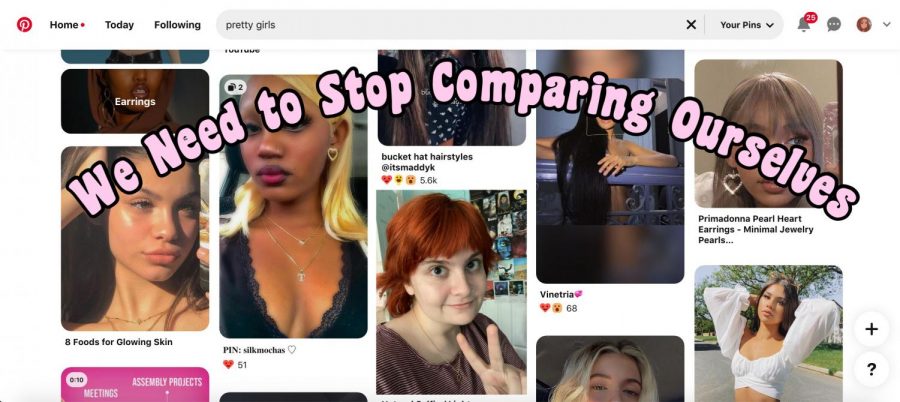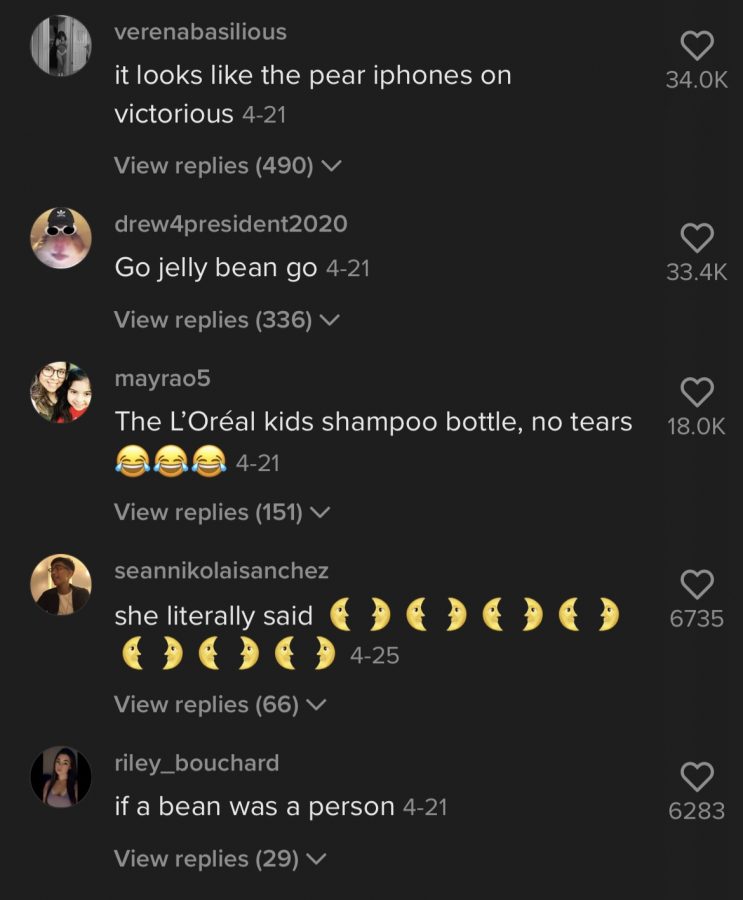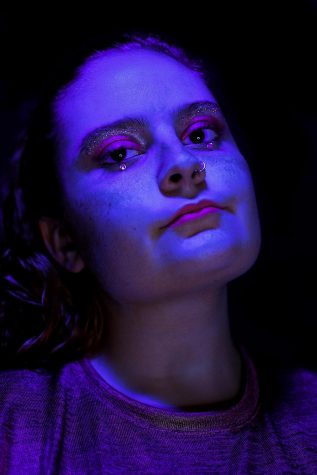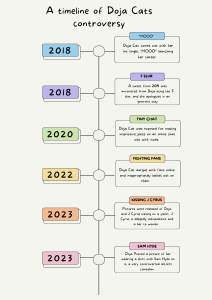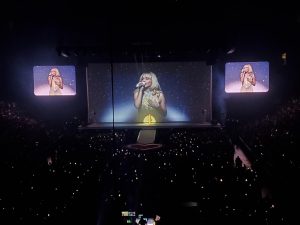We Need to Stop Comparing Ourselves
May 19, 2021
While Generation Z claims to be the most socially conscious and accepting generation, new TikTok trends are being created that push people to be hyper-critical of themselves. .
Looking at different parts of the world and different time periods, it’s clear that society makes up beauty standards as a trend. Even ten years ago we had different beauty standards; the “supermodel body” was what everyone wanted, and now in the 2020s, the Kardashian body type is seen as most attractive in media.
We see these idealized versions of beauty in all forms of social media. Tumblr was famously a breeding ground for pro-anorexia propaganda and pushing young girls to have eating disorders. But it’s not just Tumblr. It’s in advertisements and the celebrities we admire, every form of social media: beauty is privilege and currency. There is no escaping these expectations when they’re everywhere.
On TikTok, though, things are being taken to the next level.
I cannot tell you how many videos of young girls I’ve seen crying on my for you page because of trends such as the Inverted filter effect which shows if your face is symmetrical or not.
In these videos, the filter flips the image to show the inverted view of yourself, different from what is normally shown when using your front facing camera. Clicking the filter to “flip” the image back and forth can show the differences in facial features as it’s easier to see the changes in symmetry when flipping the image quickly.
Symmetry has little to do with actual beauty and it’s been disproven that symmetrical faces are more attractive. The National Library of Medicine satiated: “Contrary to what was predicted, faces that were made more symmetrical were perceived as being less attractive. These results do not support the hypothesis that attractiveness is related to low levels of fluctuating asymmetry…Our manipulations thus render naturally asymmetric features symmetrical. This may make symmetric faces less attractive because of the reduction of natural directional asymmetries, perhaps making the faces appear unemotional.”
These videos, from my own observations, are disproportionately made by girls, which supports the idea that women are more affected by beauty standards and body image issues a recent study by Front Psychology stated: “In line with our hypotheses, body dissatisfaction was higher in women than in men and was unaffected by age in women, and importance of appearance was higher in women than in men. However, only in men did age predict a lower level of the importance of appearance. Compared to men, women stated that they would invest more hours of their lives to achieve their ideal appearance.”
Another TikTok trend is the shapeshifting effect on TikTok, which morphs your face to match another face in a photo you selected. While it can be fun to see which character in a show you most look like, the “hot or not” scale which rates attractiveness on a scale from 0-10 is a terrible use of the effect. Plenty of attractive young girls have been put down by this scale when beauty is completely subjective.
I myself have fallen victim to trying out these trends to see where I would rank in the male gaze and as a person who got a 5.5 it means absolutely nothing. Women’s bodies and faces are not trends.
Opposite of these self judging trends, here have been trends of women showing off their bodies and looks to songs such as Megan Thee Stalian’s “Body,” and Marina’s “Bubblegum B*tch”. Many of the comments on these videos are disgusting. It’s “girls support girls” until a girl is confident in herself. Many of the comments relate to eating disorders and how there is pressure put on girls to be thin. “Guess I’m not eating today” and self deprecating comments left on these videos fuel the pressure of having a perfect body on young women.
There have been many positive changes in recent years to bring body diversity into the mainstream, but there is a lot of work to be done by gen z to implement self acceptance and not comparing ourselves to others. It starts with individual acceptance and not commenting on other people’s appearance. Each person has their own unique set of genetic and environmental factors that will affect their appearance. So instead of comparing yourself to a model, thank your body for allowing you to experience this wonderful thing called life.
Example of the Inverted Filter trend on someone with a symmetrical face with 3.9 million likes- https://vm.tiktok.com/ZMetyL75n/
Example of the Inverted Filter trend on someone with an unsymmetrical face with 2.7 million likes- https://vm.tiktok.com/ZMetyUERv/
Example of the Shapeshifting Effect with the “Hot or Not” scale with 1.5 million likes- https://vm.tiktok.com/ZMetyhTT2/
Example of the “Bubblegum B*tch” trend with over 2.9 million likes- https://vm.tiktok.com/ZMety5de4/

